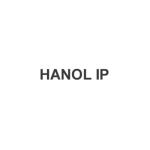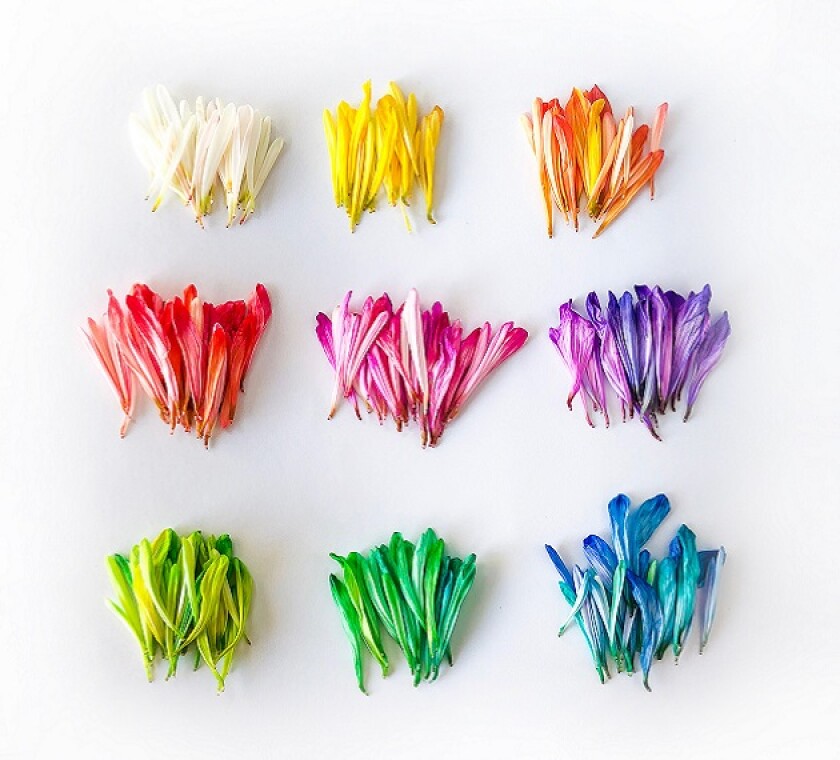To raise funds for research and development, start-ups sometimes have to announce the existence of licensing agreements, supply and distribution agreements etc. (i.e. a contract for a future sale of a product embodying an invention). In places like the US, if such agreements were made public more than one year prior to the effective filing date, even though the details of the invention are kept confidential, a statutory on-sale bar may be triggered, resulting in loss of patent protection for the invention in the US.
However, Korea does not have such a statutory on-sale bar. Instead, if an invention is "publicly known or used" in Korea or other countries, it triggers a bar on patentability. According to precedent, an invention "publicly known or used" means an invention placed in such a condition that a member of the public having no confidentiality obligation, can easily grasp the content of the invention, for example, by sales of the product embodying the invention, regardless of whether the member was actually aware of the invention (e.g. Supreme Court Decisions 2000Hu1238, 2011Hu4011). Therefore, secret sales or offers for sale per se would not be prior art in Korea as the specific details of the invention need to be publicly disclosed.
Generally, the Korean courts have held that when a product embodying a patented invention is publicly sold to a third party, the third party may be able to disassemble the product and recognise the features in that product. Thus the invention is publicly known or used (e.g. Patent Court Decisions 2008Heo1692, 2004Heo4686). However, specific judgments may depend on what constitutes the technical features of the invention.
Recently, the Patent Court found that even a public sale of a pharmaceutical product before the priority date does not count as prior art, if a person skilled in the art was not able to know its composition or components by using analytical methods available before the priority date, without undue efforts (Patent Court Decisions 2017Na1247 and 2016Heo7954, January 11 2018). The Supreme Court upheld the Patent Court's ruling (June 15 2018).
In this case, Korean local pharmaceutical companies (generic companies) challenged the patent KR 857061 (subject patent) directed to Qretin Tab. of Taejoon Pharm (patentee) by filing a negative scope complaint alleging that their generic products do not fall within the scope of the subject patent. In response, the patentee filed patent infringement suits against the companies selling the generic products.
In fact, Qretin Tab. had been sold since February 1 2007, which was before the priority date (March 9 2007), but the patent application was filed without claiming the benefit of the grace period. The subject patent claims a pharmaceutical formulation characterised by specific components and their ratios, as follows:
Claim 1. Vaccinium myrtillus extract-containing tablet, wherein the tablet comprises 100mg to 500mg of Vaccinium myrtillus extract as an active ingredient; at least one excipient selected from microcrystalline cellulose and anhydrous lactose; and 5 mg to 30 mg of a coating layer, a mixing ratio of Vaccinium myrtillus extract and microcrystalline cellulose is 1 : 0.5 to 1 : 3 on a weight basis (Vaccinium myrtillus extract weight : microcrystalline cellulose weight), and a mixing ratio of Vaccinium myrtillus extract and anhydrous lactose is 1 : 0.5 to 1 : 3 on a weight basis (Vaccinium myrtillus extract weight : anhydrous lactose weight).
Qretin Tab was commercially sold with the following labelling information:
active ingredient: Vaccinium myrtillus extract 170mg per tablet
appearance: reddish-brown oval film-coated tablet
indication: diabetic retinopathy, improvement of eye vascular disorder, nyctalopia.
During the litigation, one of the main arguments presented by the generic companies was that the subject patent is not novel for the reason that Qretin Tab. is prior art of the patentee's invention since it was put on the market before the – priority date, and a person skilled in the art could have recognised the detailed features of the sold product by using analytical methods known in the art as of the priority date; thus, their products do not fall under the scope of the subject patent because the sale of Qretin Tab. would invalidate the subject patent.
The patentee argued that the patented invention cannot be recognised as publicly known, since it would be difficult to detect and quantitatively analyse the excipients from the tablet of which detailed features were not disclosed.
Both the Intellectual Property Trial and Appeal Board (IPTAB) and the courts rejected the arguments of the generic companies, and found that the alleged products fall within the scope of Claim 1 of the subject patent for the reason that Claim 1 of the subject patent is not invalidated by the sold product.
Notably, the Patent Court presented a standard for determining novelty of a chemical or pharmaceutical invention as follows:
As for a chemical or pharmaceutical invention, even though the product embodying the invention was publicly sold, if a person skilled in the art was not able to know its composition or components by using analytical methods available before the filing date or priority date, without undue efforts, it cannot be considered that the detailed contents of the invention were disclosed to the public.
The burden of establishing invalidity of a patent based on the reasoning that the invention was made known to the public shall rest on the party asserting such invalidity. Such burden of proof does not require the party to show that all components or their composition ratios in the sold product are exactly reproduced, but at least requires that the evidence be enough to find the technical features of the sold product corresponding to those of the patented invention.
The Court found that:
Evidence presented by the challengers merely purported that reverse analysis for pharmaceuticals can be tried by qualitative or quantitative analytical methods, or merely showed that total contents of microcrystalline cellulose and insoluble additives could be identified when the content of microcrystalline cellulose present in Qretin tablet was measured according to the analytical method of the Korean Pharmacopoeia; and
Methods of analysis for anhydrous lactose in the evidence are merely qualitative methods for detecting anhydrous lactose, or are uncertain as to whether they can also apply to the content analysis of anhydrous lactose in solid samples such as tablets, or as to whether they can distinguish anhydrous lactose from lactose hydrate.
Determining whether the sale or distribution of a product before the filing date qualifies as prior art requires a case-by-case analysis which may involve various assessments on whether there is the benefit of the grace period or contractual or customary confidentiality obligations; what constitutes the patentable features of the invention; how the invention is used or worked; what was common general knowledge in the art before the filing date etc. For patentees of chemical or pharmaceutical inventions, the recent decision may serve as some useful guidance for such determinations.
The fact that the patentee prevailed in this litigation seems to be attributed to the fact that the subject patent is directed to a pharmaceutical formulation characterised by the specific components and their ratios, and there was no sufficient evidence that such contents of the invention could have been easily recognised from the sold product by a person skilled in the art. In similar situations, the public sale may be carved out from prior art, even with no benefit of the grace period in Korea.
Therefore, even if the one year grace period after the public sale of a product covering an invention has already passed, it is recommended to fully review whether the situation can count as prior art in view of the above decision. If there is any chance of removing it from prior art, it is too early to give up on patent filing for the invention in Korea.
Min Son
Partner, Hanol IP & Law
HANOL Intellectual Property & Law
6th Floor, Daemyung Tower, 135, Beobwon-ro, Songpa-gu
Seoul, 05836
Republic of Korea
Tel: +82 2 942 1100
Fax: +82 2 942 2600











